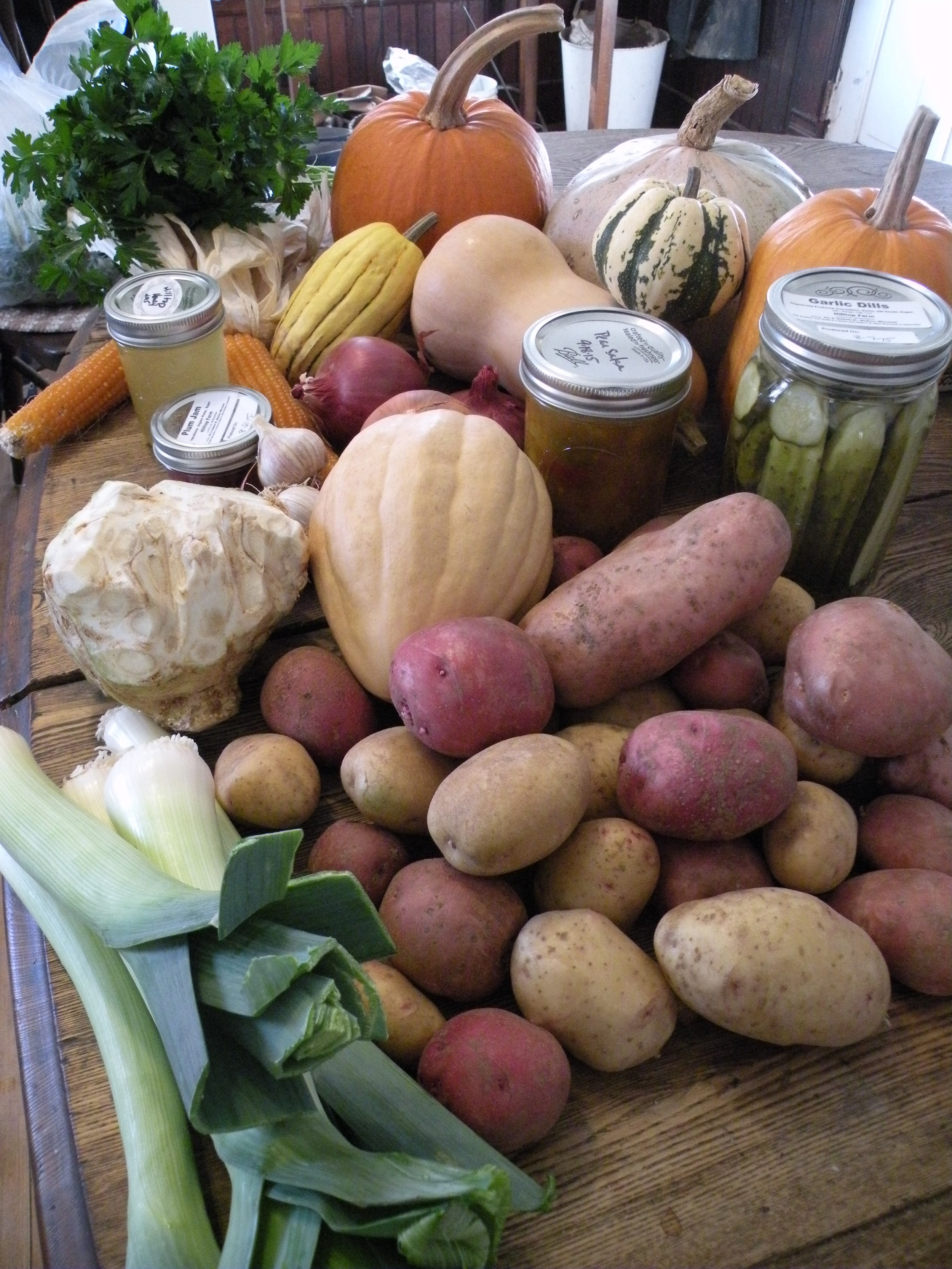The calendar has gone November, so it must be time to reckon the season's work. You might remember that back in August, at share #14, I got out the calculator for a preliminary estimate and was sanguine enough to predict a record year in-the-making,“north of 180 lbs per share” as I optimistically put it.
Not quite, as it turned out.
But at 163 pounds, it was the highest yield in the past four years, a full 25 lbs (18%) more by weight than last year's paltry 137.5 pounds, the lowest of the past four years. Last year's dreadful showing was due in part to the late spring and shortage of fruit that it wrought, as well as misery in the brassica patch from start to finish – cabbages that repeatedly succumbed to leaf tip-burn and rotted; broccoli which steadfastly refused to produce any secondary florets once their primaries had been cut. Sweet peppers also failed almost entirely.
But one year's drought is the next year's flood: 6 lbs of 2014 cabbage nearly doubled to 11 in 2015, and two deliveries / two lbs of broccoli mushroomed to 15 deliveries (the most of any vegetable) and 11 lbs this year. We're not quite sure what prompted such a performance (a record over any previous year by a factor of 3 or 4), but we'll cross our fingers and hope it hangs around for 2016. Sweet peppers did better this year at 3 pounds, but still only half the six pounds per share we turned out in 2013.
Other big winners this year include potatos (up 7 pounds to 15), pears (up 3 pounds to 4) and carrots, up 2 pounds to 5. This last success was in large measure attributable to the deer fence that went around the larger of our two gardens in early June. Though it was built at a time we could hardly afford to be putting in the extra labor, the eight-foot fence was a long-needed investment, allowing also for better beets this year and a near doubling of chard to 9 weeks from 5.
Our garden soil produced about 45 calories per square foot in 2015, an increase from previous years due at least in some measure to the fence since both carrots and beets return a fairly high number of calories per square foot in comparison to other vegetables.
In terms of food calories produced per calorie of non-renewable energy consumed, it looks as though the number is somewhere between 6.3 and 9.4 this year depending on what has once again been a somewhat inexact measure of how much gasoline actually went through our tiller. The amount was almost certainly between 1 gallon (returning the higher figure) and 1.5 gallons (returning the lower). My best guess is that the energy return was somewhere around 8 calories per calorie of gas (these are kilo-calories, ie., food calories). Into this figure we should probably add the energy used for irrigation, which was minimal this year due to fairly well-timed rains. We drained 1,000 to 1,200 gallons of water from our gravity-fed tanks during a dry spell in July, which saved us 1,200 to 1,400 Kcal of energy. A small additional bit of water was pumped from our well, but that should be a net-zero as far as non-renewable energy is concerned since the electricity was entirely supplied by solar panels.
So, our farm is probably still in the range of 1-2 orders of magnitude more efficient than the practices of conventional agriculture (usually estimated at 10 calories in for 1 calorie out). Our numbers may be ebbing slightly over the years due to age which forever exacts its toll.
November is thanksgiving season as well. Our beloved livelihoods depend on your continuing support and there are few things we enjoy more than providing you delicious food; so it is with great gratitude that we once again wish you well for the winter and hope you are well-stocked with comestibles for the coming season of feasts.



